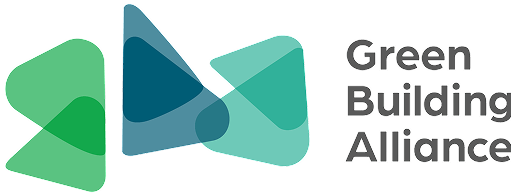Green Product Certifications and Labeling Systems
The process of achieving certification adds a layer of accountability and integrity for the product developer, demonstrating transparency and a commitment to environmental and human health throughout the material supply chain.

Fueled by demand from customers, employees, and investors, as well as federal and state incentives and increasing commitment to Environmental, Social, and Governance (ESG) goals, national and international economies are shifting to cleaner, low-carbon products and solutions.
This in turn is driving demand from architects, designers, developers, specifiers, and procurement professionals seeking sustainable products for their projects. In fact, Fortune Business Insights estimates that the U.S. green building materials market will reach $289.5 billion by 2032.
Achieving third-party product labels and certifications allows manufacturers to take advantage of this growing market. Benefits may include improved competitiveness, opportunities to market products to building projects pursuing green certifications, inclusion in green building rating systems, and increased brand and customer trust resulting from product transparency.
Product Certification and Labeling Basics
Because no universal “green building product” definition exists, many national and international organizations have established various – and sometimes competing — green product directories, labels, certifications, and other evaluation systems to help verify green product claims.
Reliable labels that support green building projects and certifications include:
- Environmental Product Declaration: a document that transparently communicates the environmental performance or impact of any product or material over its lifetime.
- Declare: Manufacturers voluntarily disclose product information on Declare labels, which are accessible on a free database created by the International Living Future Institute.
- Cradle2Cradle: a multi-attribute standard used globally across industries for designing and making products that enable a healthy, equitable, and sustainable future.
Helpful Resources
- Why Pursue Sustainable Products?
- Sustainable Product Purchasing Guide for Commercial Project Teams
- What Is A Product Life Cycle Assessment?
- Sustainable Building Products Glossary of Terms
Fortune Business Insights estimates that the U.S. green building materials market will reach $289.5 billion by 2032. Source: Green Building Materials Market Size & Growth Report [2032]
Top banner photo: Max van den Otelaar (Unsplash)
